Language is a living tapestry constantly shaped by cultures, histories, and traditions. Among the many influences on American English, Native American phrases stand out for their vivid imager,y practical meanings, and enduring cultural significance. These phrases, drawn from languages such as Cheroke,e Navajo Lakota ,and Ojibw,e have subtly seeped into everyday speec,h reflecting the deep connection between the land and its original inhabitants. From expressions describing nature to terms of communal life, Native American contributions remind us of a shared heritage that predates the founding of the United States. Many of these phrases have also inspired storytelling in film, capturing the imagination of audiences across generations. By exploring these words and the movies that echo their spirit, we gain a richer understanding of both language and culture and the enduring ways Native American voices continue to shape American life.
1. Powwow

Powwow refers to a gathering or meeting and comes from the Algonquian word pau wau. This term has been widely adopted in American English to describe both formal and informal meetings, often with a communal or celebratory aspect. Powwows are also traditional Native American social events that include music, dance, and storytellin,g reflecting the culture of the participants. The term has been popularized in films where Native American traditions are explored, bringing attention to their vibrant community practices. Powwow has transcended its original context to become a symbol of coming together, collaboratio,n and respect for cultural heritage in both language and entertainment.
2. Hickory

Hickory is a type of tree known for its strength and resilience, and the word originates from the Algonquian pawcohiccora. This term has been used in American English to describe durable wood and, by extension, to convey toughness and reliability in objects or people. In movies Hickory often appears in historical or frontier settings, emphasizing the connection between humans and nature. The symbolism of hickory trees extends to themes of endurance and perseverance in storytelling. Its adoption into everyday language reminds us of Native American influence on natural terminology and cultural metaphors, which continue to inspire writer,s filmmaker,s and audiences with imagery grounded in the strength of the land.
3. Tomahawk

Tomahawk originally referred to a Native American axe and has become symbolic in popular culture for both tools and weapons. The word comes from the Powhatan term tomahakan and represents both practical use and ceremonial significance in Native traditions. In films, tomahawks are often portrayed in historical context,s emphasizing Native American skil,l craftsmanship, and strategic thinking. The word has entered English idioms symbolizing conflict resolutio,n negotiati,on or precision. Its enduring presence in language and media highlights the impact of Native American culture on American imagination and vocabulary. Tomahawk reminds us of a historical legacy that is both practical and symbolic in everyday life.
4. Moose
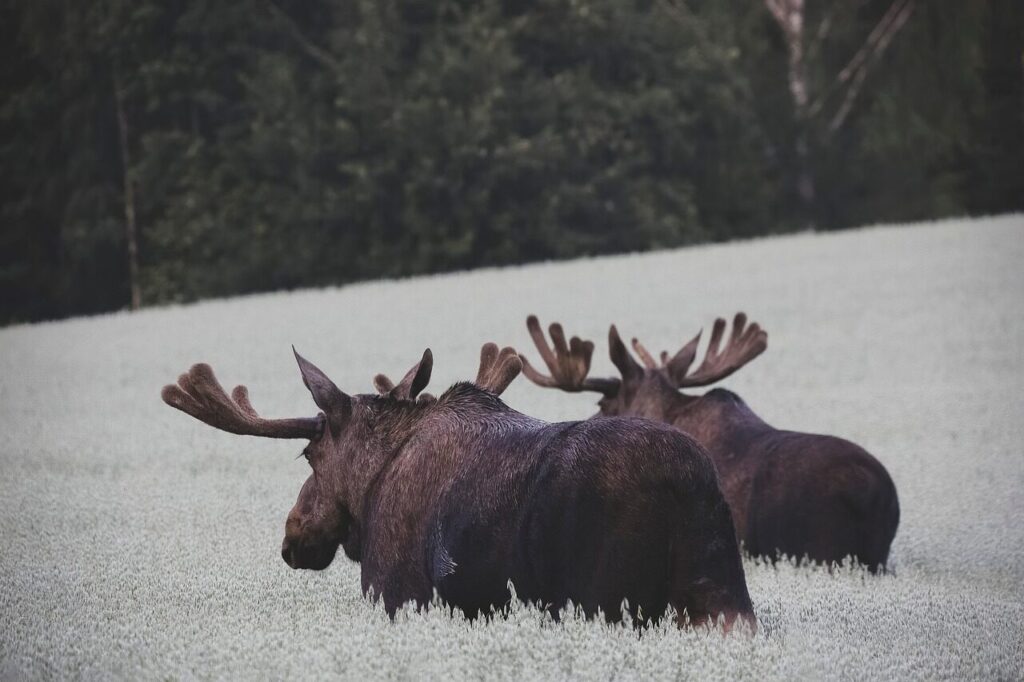
Moose is derived from the Algonquian word moos and has been a part of American English since colonial times. The term refers to the large North American animal known for its size and distinct antlers and has influenced hunting, fishing, and outdoor language. In movies, moose often appear in wilderness stories symbolizing the majesty and challenges of the natural world. Moose has also inspired metaphorical expressions emphasizing strength, presence, and adaptability. Its integration into language and film demonstrates the enduring Native American contribution to how Americans describe the natural environment and interpret the relationship between humans and wildlife across history and storytelling traditions.
5. Skunk
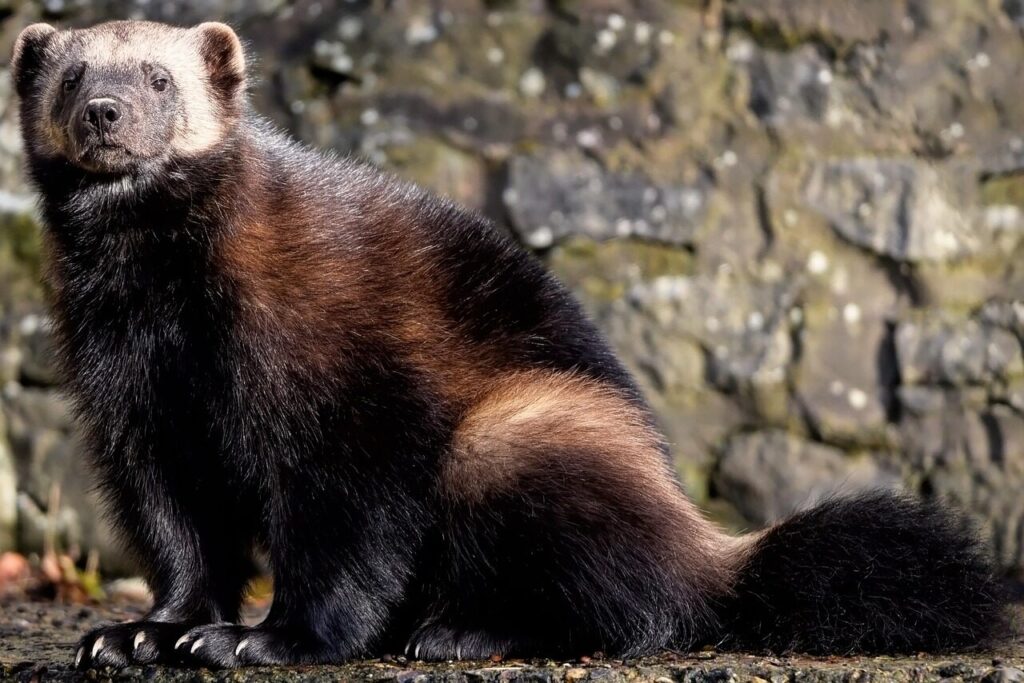
Skunk comes from the Algonquian word seganku and refers to the pungent-smelling animal native to North America. The word has been incorporated into American English to describe the animal and metaphorically to indicate unpleasantness or danger. Skunks frequently appear in family and animated films, emphasizing both humor and caution. The term has educational and cultural value, introducing audiences to the species while retaining its Native American linguistic roots. Its continued use in language and media reflects the natural world knowledge that Native Americans contributed to English vocabulary and shows how wildlife terminology can shape both literal and figurative communication in everyday life.
6. Totem
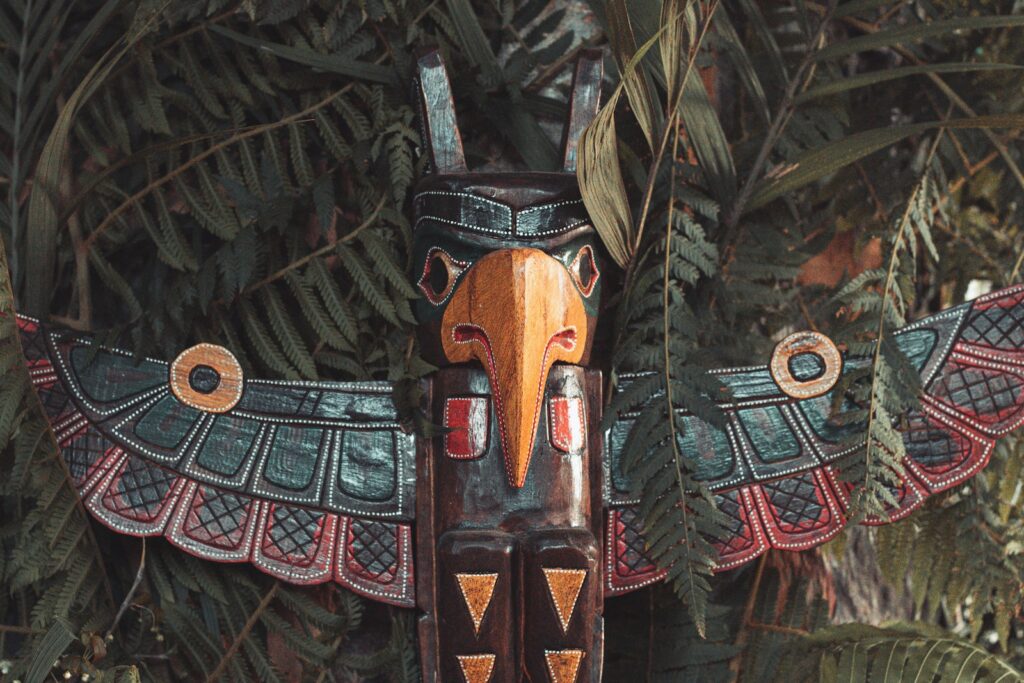
Totem comes from the Ojibwe word odoodem and symbolizes ancestral spiritual significance. It is used to refer to animals or objects representing family or clan identity and cultural heritage. In films, totems often appear as symbolic guides or sources of wisdo,m connecting characters to their history or nature. The concept has influenced American English by extending to metaphors for guiding principles and personal symbols. Totem underscores the importance of respect and continuity in Native American culture and how these values have subtly shaped English expressions. It demonstrates the deep connection between language, spiritualit,y and storytelling inspired by indigenous traditions.
7. Chipmunk

Chipmunk comes from the Ojibwe word ajidamoo and refers to small, lively forest animals native to North America. The term has been popularized in American English and culture for its playful and energetic connotations. In films, chipmunks often appear in family and animated movies, providing humo,r entertainmen,t and lessons in community and resourcefulness. The word’s adoption into everyday language and media highlights Native American influence on descriptive natural vocabulary. Chipmunk exemplifies how indigenous words can enrich English by adding imagery, movemen,t and personality to expressions that resonate with both children and adults in popular culture and storytelling.
8. Squash
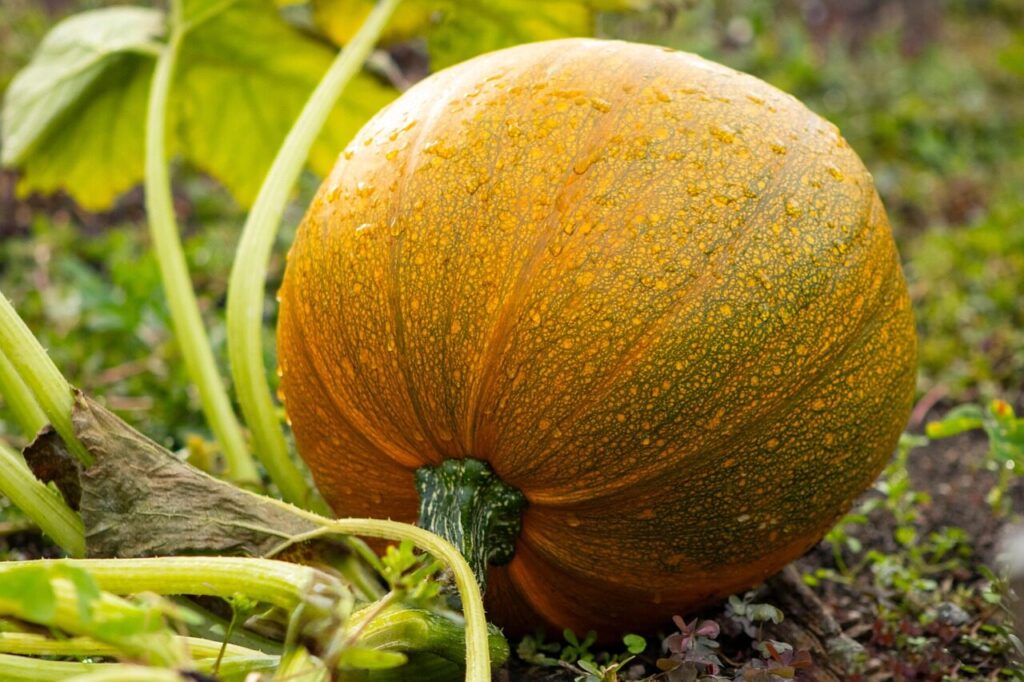
Squash comes from the Narragansett word askutasquash and refers to the edible plant cultivated by Native Americans. The term entered English during colonial times and is used in both culinary and agricultural contexts. In movies, squash appears in historical and family-centered storie,s emphasizing the connection between human,s lan,d and sustainable food practices. The word symbolizes nourishment, growth, and tradition. Its integration into English demonstrates how Native American agricultural knowledge and vocabulary have influenced everyday life. Squash also reflects broader themes of cultural exchange and the importance of respecting indigenous practices in both language and media storytelling that reaches wide audiences.
9. Papoose

Papoose is a term for a Native American baby or child originating from Algonquian languages. The word has been adopted into American English as an endearing term while maintaining cultural significance. In films, Papoose often appears in historical narratives emphasizing family, care, and Native American community life. The term highlights how indigenous vocabulary has enriched English with concepts of childhood and nurturing. Papoose serves as a linguistic bridge connecting audiences to Native traditions and values. Its presence in both language and media reminds us of the importance of children in cultural storytelling and the subtle ways Native American words continue to influence American expression.
10. Canoe

Canoe comes from the Carib word kana:wa and refers to a light, narrow boat used for transportation and fishing. The term has been fully integrated into American English and is associated with exploration, adventure, and connection to waterways. In films, canoes often symbolize journeys both physical and emotional, offering a visual representation of travel and discovery. The word demonstrates the influence of Native American technologies and vocabulary on English. Canoe reflects a historical legacy of craftsmanship and understanding of natural environments. Its use in language and storytelling continues to inspire adventure, respect for nature, and appreciation of indigenous innovation.
11. Totem Pole
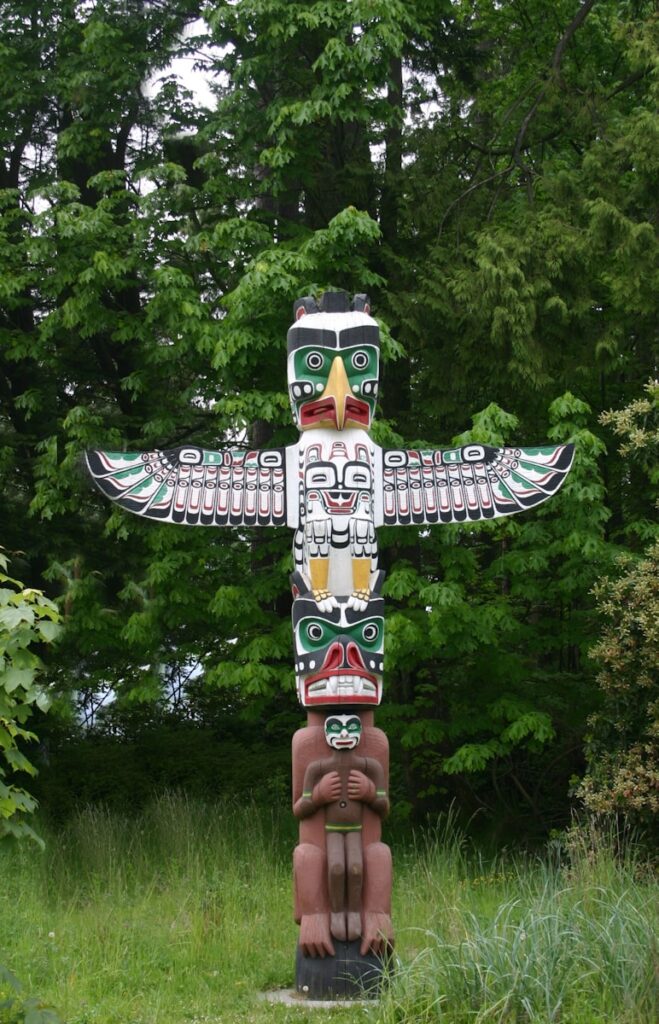
The totem pole originates from Tlingit and Haida traditions and represents family lineage and storytelling through carved wooden symbols. The term has been adopted into American English to describe ceremonial art and cultural symbols. In films, totem poles often appear as visual representations of history, identity, and spiritual connectio,n emphasizing Native heritage. Totem pole usage extends metaphorically to ideas of representation and personal significance in contemporary culture. Its inclusion in language and media demonstrates how Native American artistic and linguistic contributions have influenced English expression. Totem poles remind audiences of the rich storytelling and symbolic practices that have shaped cultural and visual narratives.
12. Raccoon

Raccoon comes from the Powhatan word aroughcun and refers to the North American animal known for its intelligence and dexterity. The word is widely used in American English and often appears in stories, cartoons, and films. Raccoons are frequently portrayed as clever, resourceful, and playful creatures offering both humor and moral lessons. In movies, raccoons can also symbolize adaptability and cunning. The term reflects the influence of Native American language on naming wildlife in English. Raccoon demonstrates how indigenous words enrich vocabulary and storytelling by bringing natural characteristics into human understanding and cultural imagination across generations.
13. Tecumseh
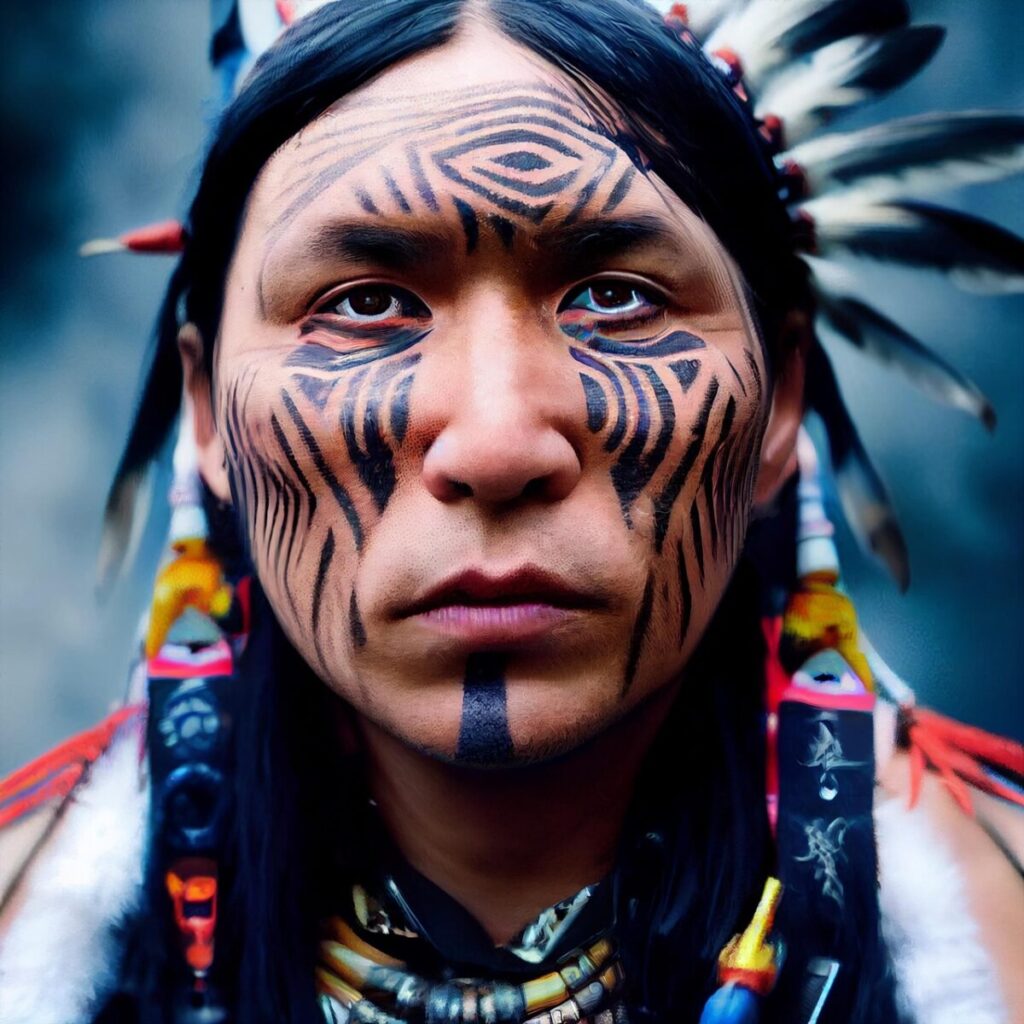
Tecumseh refers to the famous Native American leader whose name has become part of the American vocabulary for leadership and strategic skill. The term is used in English to symbolize courage, vision, and resistance. In films, Tecumseh often appears in historical dramas highlighting Native American leadership and historical impact. His name carries cultural significance and serves as an educational touchpoint for American history. The adoption of Tecumseh into language and media illustrates how Native American figures and terminology have influenced English, providing models of integrity, strategy, and resilience. It connects audiences to important historical and cultural narratives.
14. Powhatan
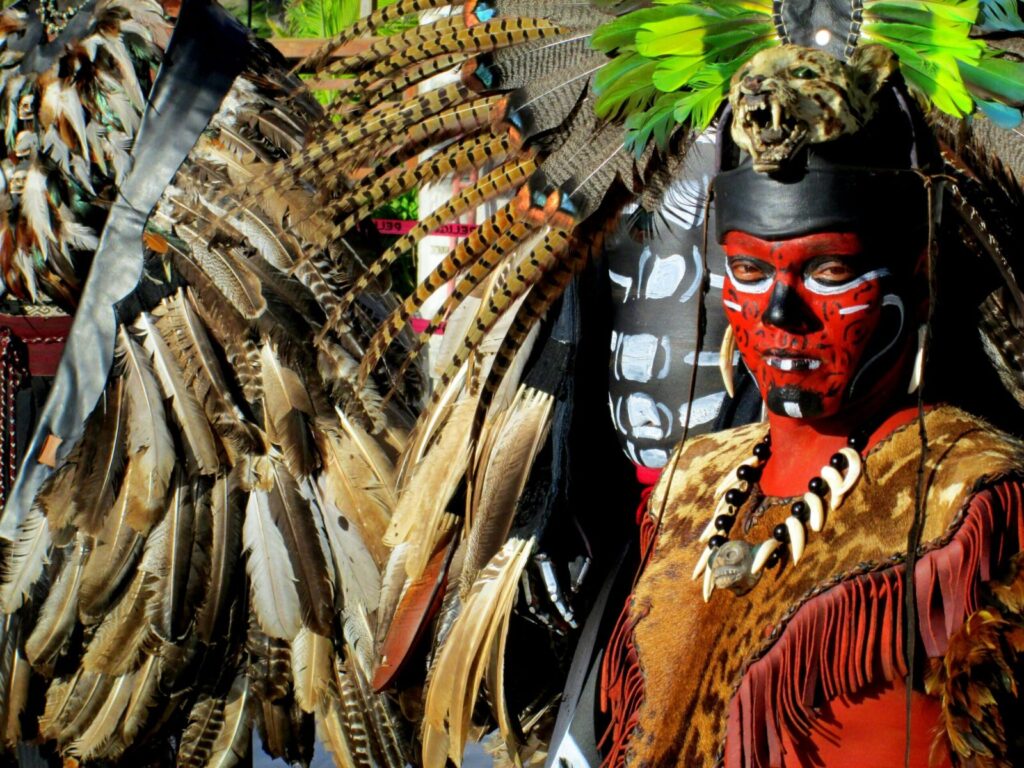
Powhatan refers to the Algonquian-speaking people of Virginia and has been incorporated into American English through history and storytelling. The term is often used in films exploring early American history, emphasizing Native American society, governance, and diplomacy. Powhatan represents cultural identity, leadership, and community values. Its inclusion in English language discussions and media highlights the contribution of indigenous peoples to historical knowledge and storytelling. The word reflects the integration of Native American heritage into the contemporary understanding of early American life. Powhatan helps audiences recognize the influence of indigenous communities on the nation’s formation and cultural memory.
15. Wampum
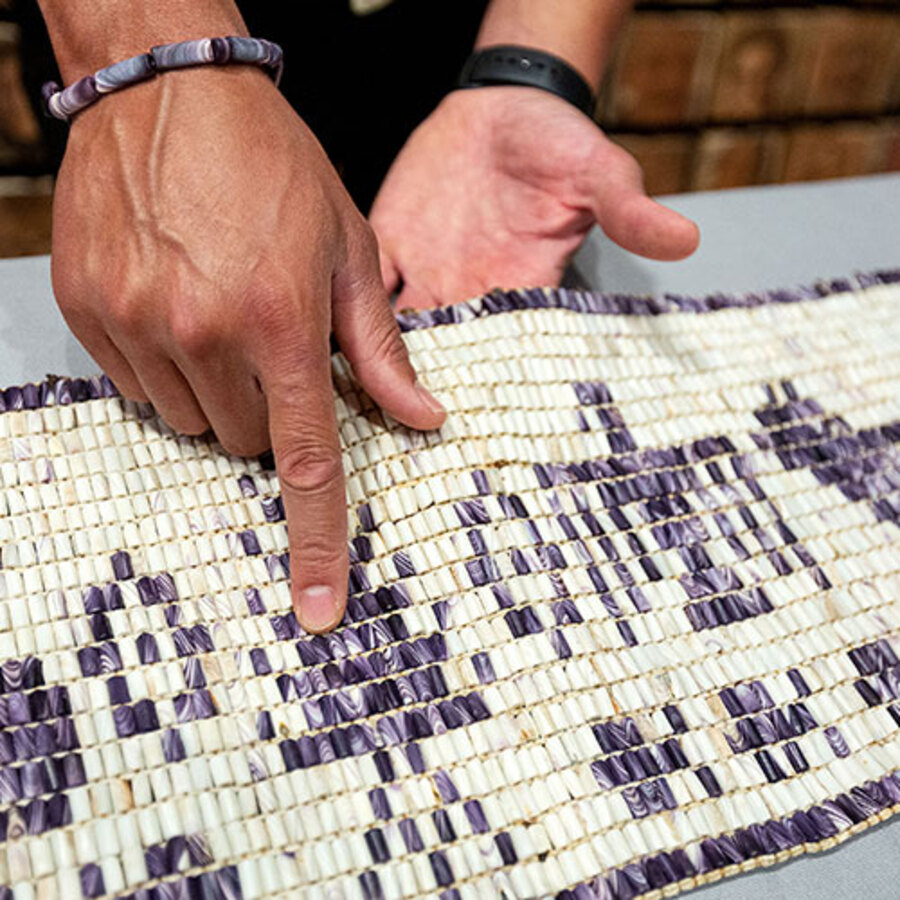
Wampum comes from the Lenape word wampumpeag and refers to beads used as currency or ceremonial objects. The term has entered the English vocabulary to describe both historical artifacts and symbolic communication. In films, wampum often appears in stories illustrating Native American trade, diplomacy, and cultural practice. The word symbolizes respect, tradition, and interconnection within and between communities. Its adoption into language highlights how Native American practices have shaped both material and linguistic aspects of American life. Wampum demonstrates the enduring significance of indigenous knowledge in shaping vocabulary, symbolism, and cultural narratives in storytelling and education.
16. Yankee

Yankee possibly derives from the Dutch mispronunciation of a Native American term and has evolved to symbolize early American identity. The word is widely recognized in American English to refer to inhabitants of the northern United States and carries historical and cultural meaning. In films, Yankee often appears in historical dramas, narratives of the Civil War, and stories exploring regional identity. Its connection to Native American language reflects the diverse influences on American English. Yankee demonstrates how indigenous terms have contributed to shaping national identity, language, and storytelling, reminding audiences of the complex cultural history embedded in everyday words.
So, Americans influencing Americans.